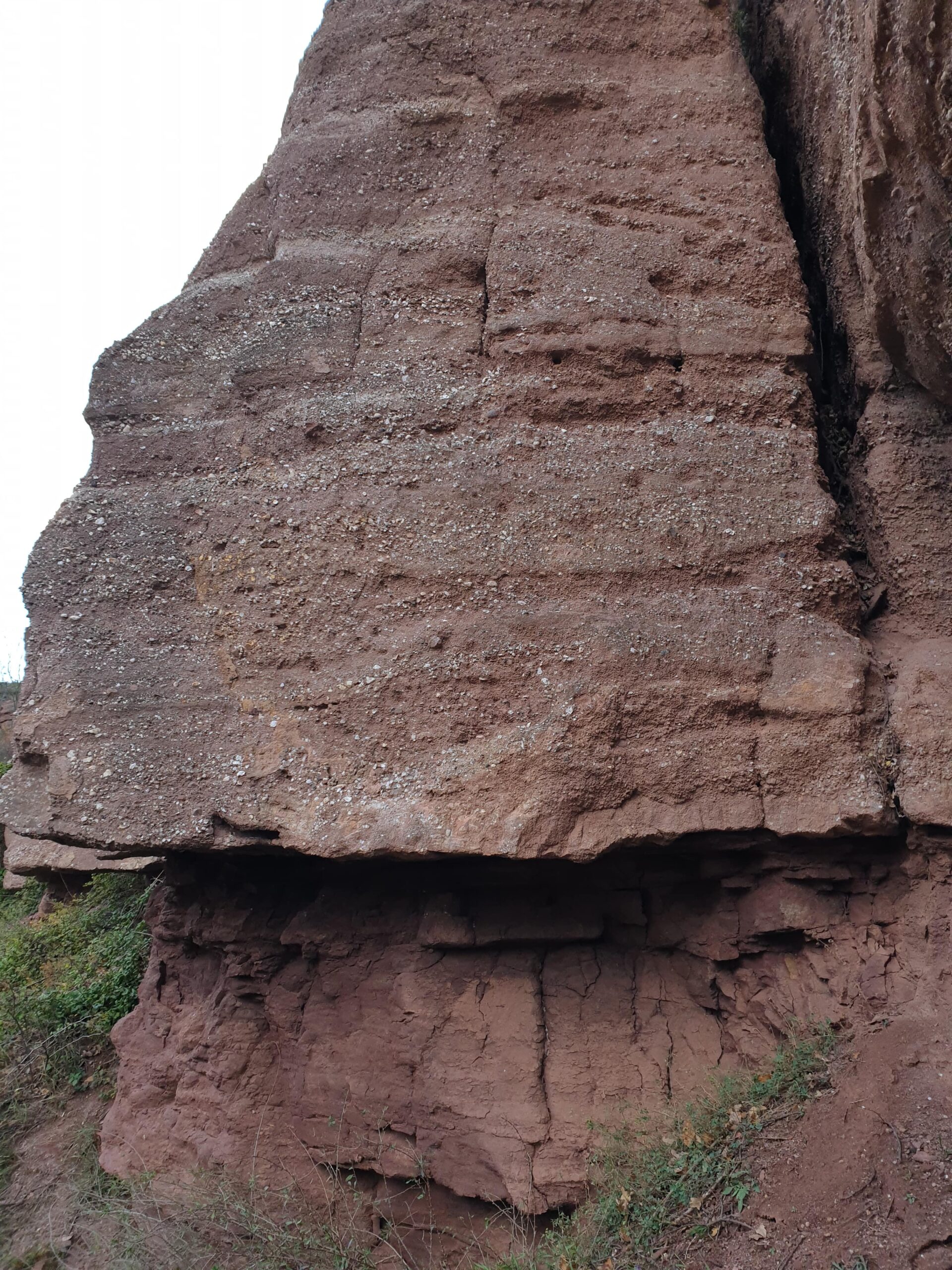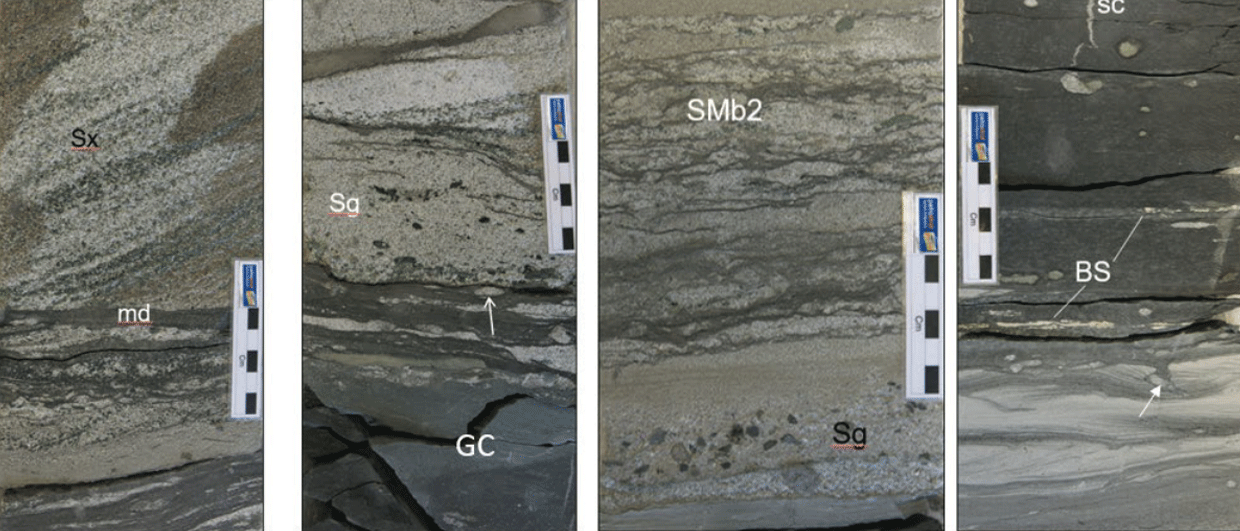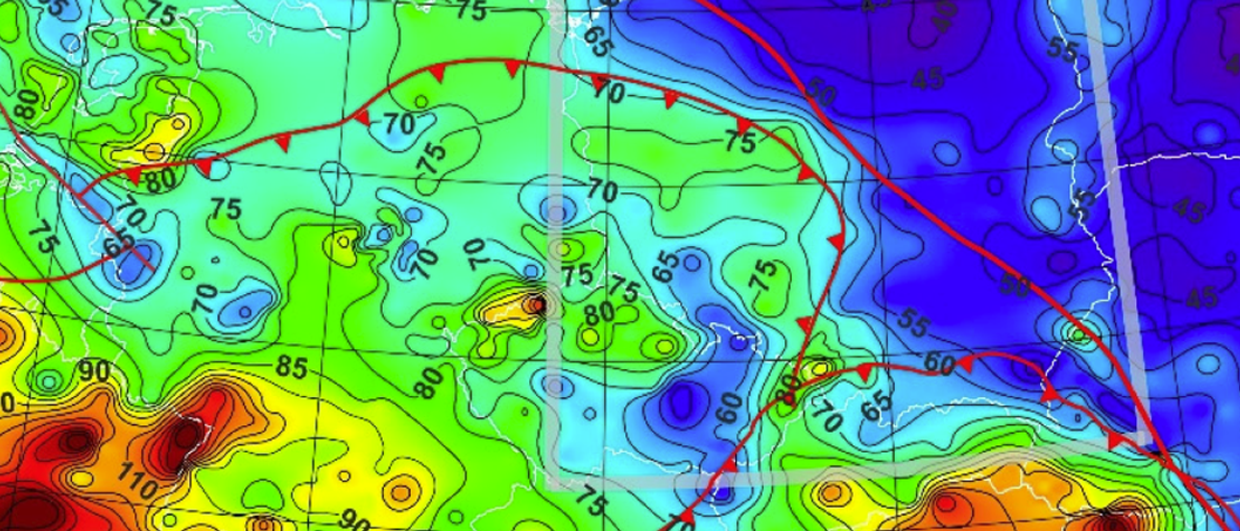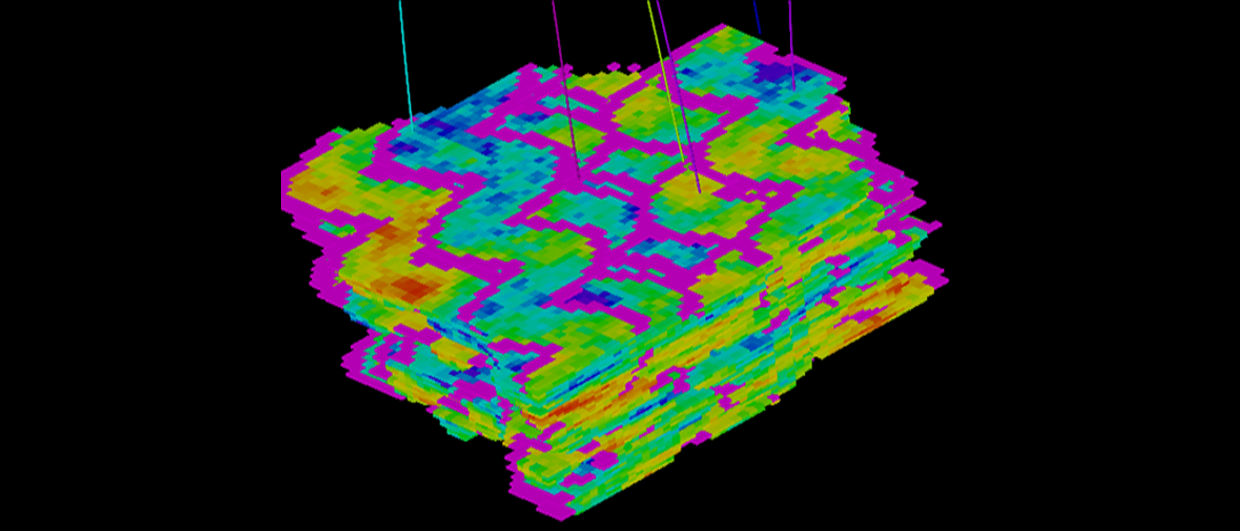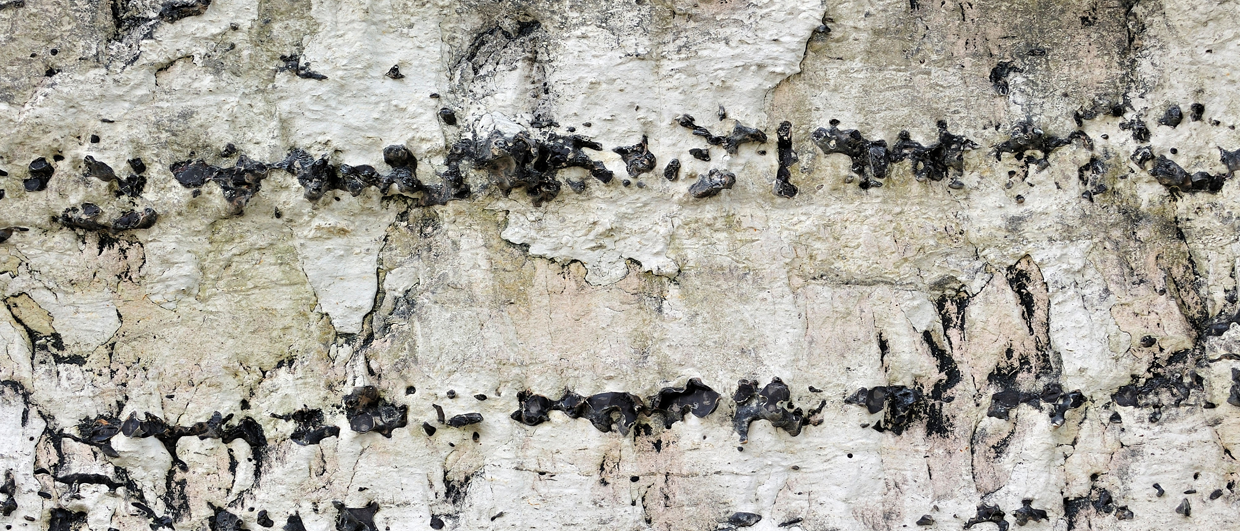The most important gas fields in the Southern North Sea region are reservoired in Upper Permian Rotliegend aeolian and fluvial sandstones. Thousands of wells have been drilled to test this succession of dryland deposits, only to call TD once the underlying Carboniferous rocks appeared on the shakers. In Germany, near the town of Hettstedt, the boundary between the Carboniferous and overlying Rotliegend sandstones is beautifully exposed.
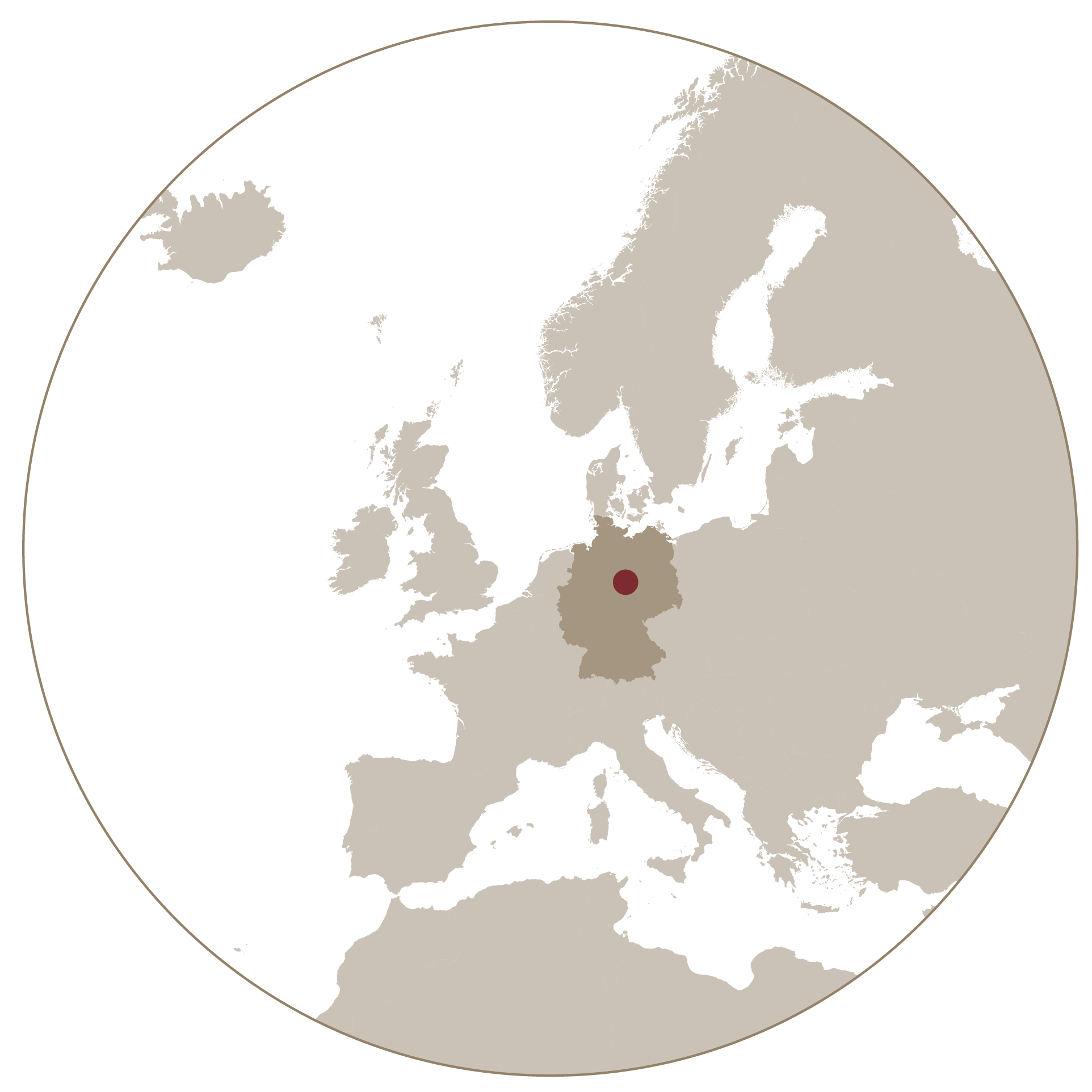
Even though the age of the Rotliegend sandstones here may be slightly older than the ones found in the North Sea, the same unconformable contact can be traced across a major area in the basin. It marks a time gap of around 40 million years, a time when this part of Europe migrated from the mostly tropical environments that characterise the Carboniferous succession towards the much drier Late Permian depositional environments in a more northerly position.
